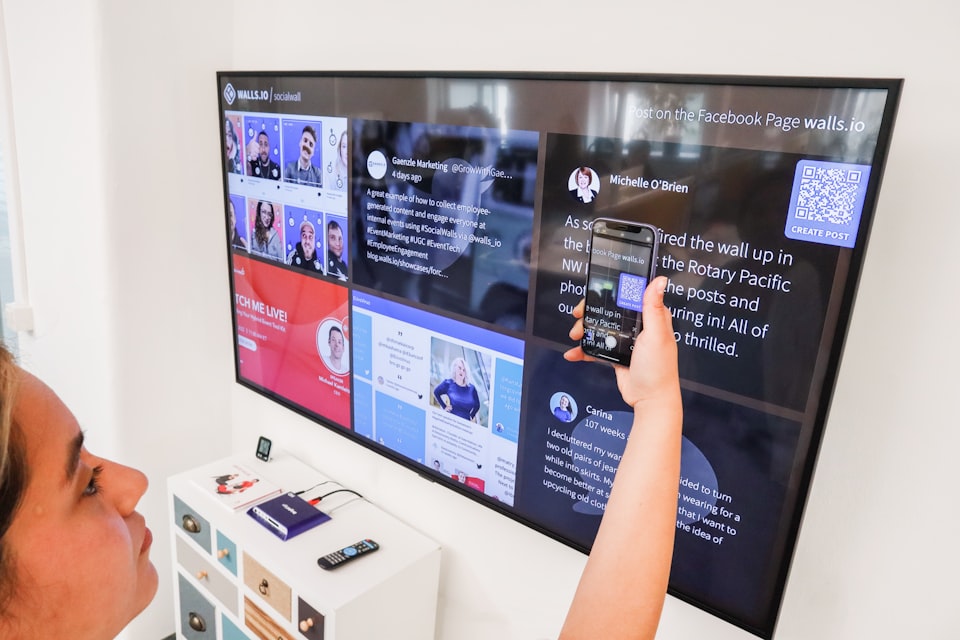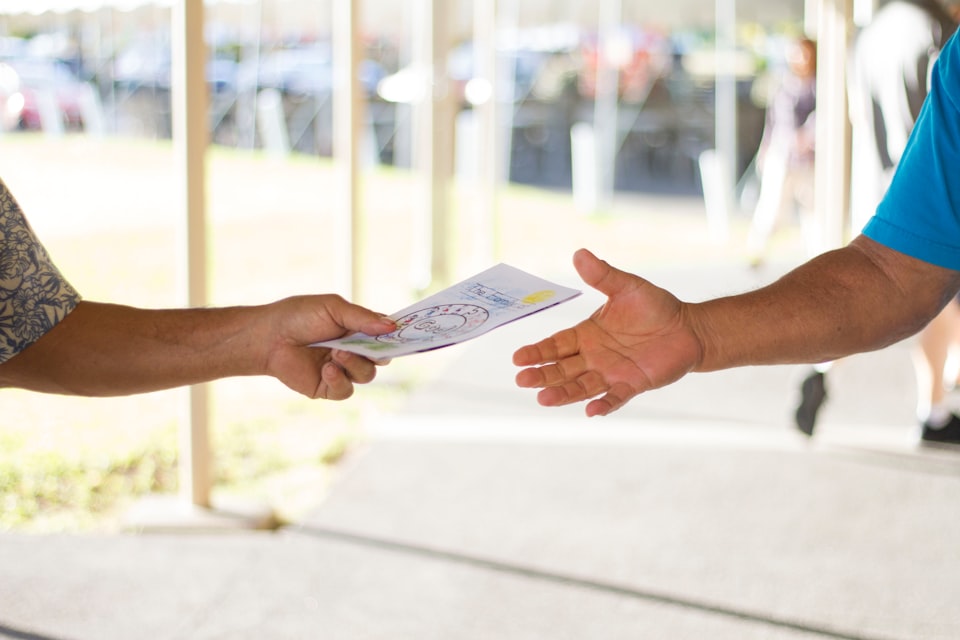Mobile Experiential Marketing

Mobile experiential marketing refers to experiential marketing strategies and campaigns that are specifically designed for mobile devices, such as smartphones and tablets. It involves creating immersive and interactive experiences that can be accessed and enjoyed by consumers through their mobile devices, wherever they are.
Here are some key aspects and examples of mobile experiential marketing:
- Mobile apps: Developing branded mobile applications that offer interactive and engaging experiences related to a brand or product. These apps can include games, virtual experiences, product simulations, augmented reality (AR) or virtual reality (VR) elements, and personalized content.
- Location-based experiences: Utilizing the location-aware capabilities of mobile devices to create location-based experiences. This can involve providing exclusive content or offers when users visit specific physical locations or leveraging geolocation technologies to deliver targeted messages or interactive experiences.
- QR codes and NFC: Integrating quick response (QR) codes or near-field communication (NFC) technology into marketing campaigns. These technologies allow consumers to scan codes or tap their mobile devices on designated surfaces to access interactive content, unlock rewards, or participate in promotional activities.
- Mobile games and contests: Developing mobile games or contests that are directly tied to a brand or product. These interactive experiences can be designed to entertain users while subtly promoting the brand or its messaging. Contests can encourage participation and engagement, with prizes or rewards offered to winners.
- Mobile social media activations: Leveraging popular social media platforms and mobile apps to create interactive activations. This can involve running contests or challenges on platforms like Instagram or TikTok, encouraging users to create and share content related to the brand or campaign.
- SMS and push notifications: Utilizing SMS (text messaging) and push notifications to deliver interactive experiences, personalized offers, or time-sensitive promotions directly to consumers' mobile devices. These direct communication channels can be used to engage and interact with consumers in real-time.
- Mobile video and live streaming: Creating immersive video content and live streaming experiences optimized for mobile devices. This can include 360-degree videos, live product demonstrations, behind-the-scenes glimpses, or interactive live streams where viewers can participate and influence the content.
Mobile experiential marketing capitalizes on the widespread use of smartphones and tablets to reach consumers directly and provide them with engaging, interactive, and personalized experiences. By leveraging the capabilities of mobile devices, brands can create memorable and shareable moments that connect with consumers on a personal level, foster brand loyalty, and generate positive word-of-mouth.




